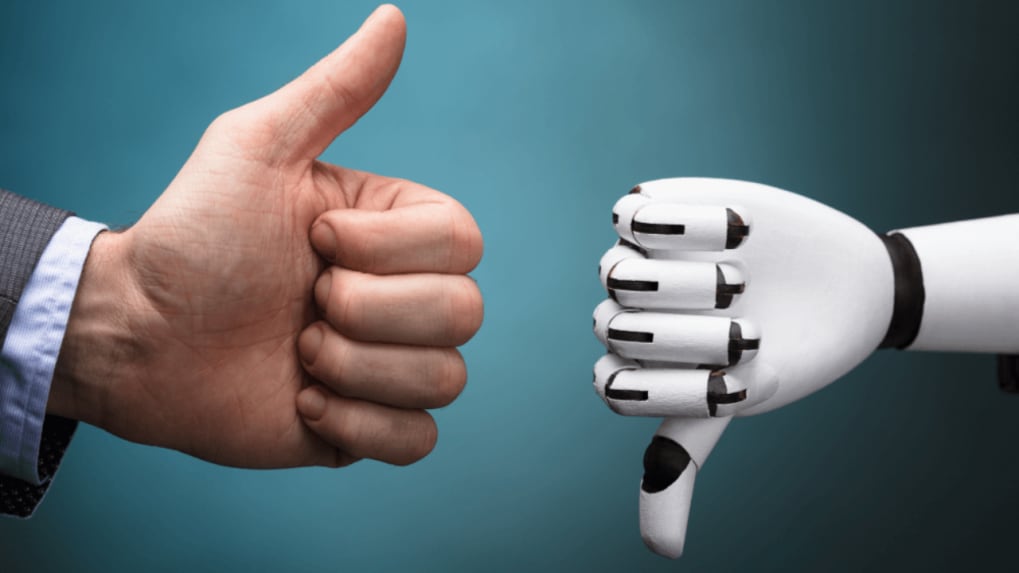How layoff-proof is your job? Understanding which roles AI is likely to replace - and how to stay on the right side of it
Is AI coming for your job? Find out how professionals can future-proof their careers with strategy, judgment and AI fluency.
ADVERTISEMENT
There’s a growing unease across marketing departments, newsrooms, and creative agencies. Nobody says it openly, but everyone is asking the same bleak question: Am I replaceable? Not replaceable in a poetic “everyone’s replaceable” way — but in the very specific “could a tool do 80 percent of my job?” way. It’s not paranoia. It’s pattern recognition. Over the last year, many companies haven’t fired people because of AI - but they haven’t hired back after attrition because of AI. That’s the real disruption.
The harsh reality is that most jobs aren’t monolithic. They’re bundles of tasks. And AI doesn’t take jobs, it takes tasks. If most of your daily work is predictable, repeatable and measurable - drafting captions, turning press releases into articles, resizing graphics, formatting reports - AI won’t replace you instantly. It’ll just quietly make you less necessary.
But that also means something hopeful: If parts of your work rely on taste, intuition, persuasion or interpretation, those are the parts worth doubling down on. Instead of trying to compete with machines in speed, start competing in judgment.
So how does someone actually defend their role in practical terms?
First, take a hard look at your daily rituals. How much time do you spend producing versus deciding? Producing is typing, designing, assembling. Deciding is choosing what to write about, which angle to take, which design direction suits the brand. The latter is harder to automate. If you don’t find yourself making those kinds of decisions often, you need to insert yourself into upstream conversations rather than waiting for briefs.
Second, get fluent in AI rather than threatened by it. The most secure people in the room will be the ones who can say, “Give me half the time and I’ll deliver twice the output because I know how to use the tools.” Even if AI reduces certain production tasks, it expands what a single person can do. A writer who also knows basic automation becomes a content strategist. A designer who understands brand tonality becomes an art director. Titles don’t protect people — value chains do.
Third, build a visible voice. Whether you’re comfortable publishing on LinkedIn or just sharing thoughts in internal Slack channels, you need others to associate you with insights, not deliverables. AI can produce text, but it can’t form a point of view. It has no lived experience. The most future-proof currency in media and marketing will be perspective - not efficiency.
The goal is not to outwork machines. It’s to manage them. The safest professionals in the AI age won’t be those who refuse automation - but those who supervise it.
Read more: Amazon layoffs: Company to cut thousands of jobs as AI reshapes its global workforce

